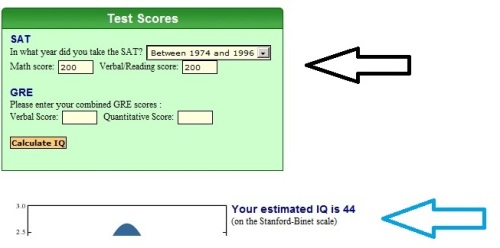Source: Ted Blog, Jan 2012
What is self-organized learning?
In most schools, we measure children on what they know. By and large, they have to memorize the content of whatever test is coming up. Because measuring the results of rote learning is easy, rote prevails. What kids know is just not important in comparison with whether they can think.
Self-organized learning is a process where children in groups take on a topic or question which they then research using the Internet. While doing it, they have myriad discussions with each other that deepen their understanding of the answer. Along the way, there is no adult supervision or guidance of any sort.
How is this form of learning better?
Experiments show that children in unsupervised groups are capable of answering questions many years ahead of the material they’re learning in school. In fact, they seem to enjoy the absence of adult supervision, and they are very confident of finding the right answer. Ultimately, they retain the learning effortlessly and for years, much longer than what we see with rote memorization of facts and figures.





